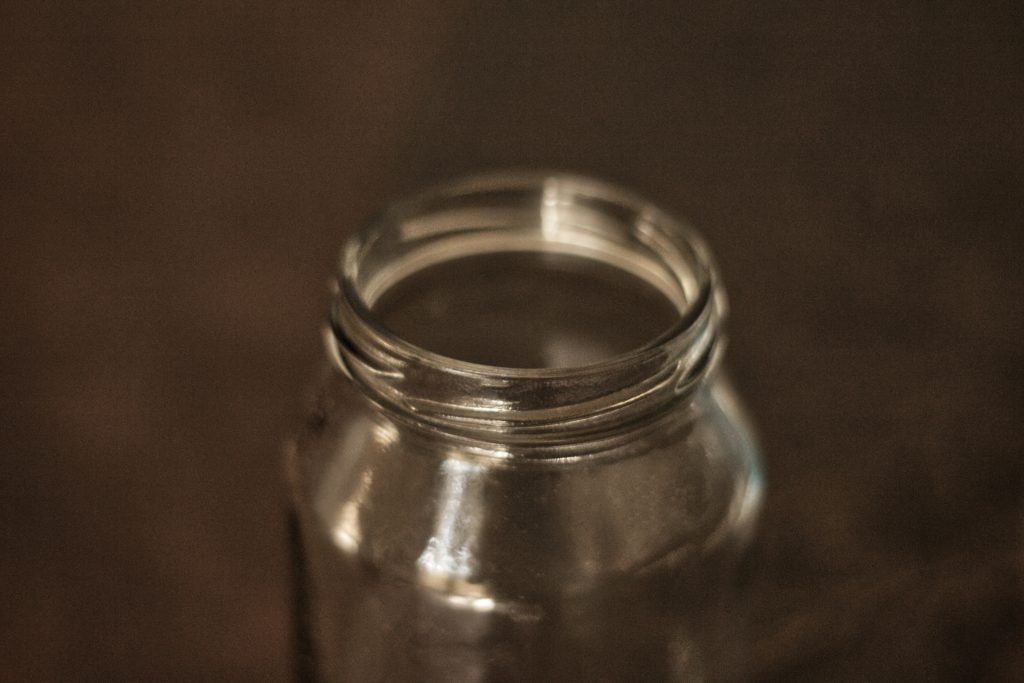The History of Glass using Core Forming
This early glass was formed by two processes. These were core-forming and cold cutting. Core formed glass is made by forming molten glass around a solid core. The core is made by kneading together a mixture of clay, dung, sand and water to form a consistency similar to bread dough. This is then moulded around the end of a metal rod to form the shape of the cavity of the vessel being made. After the core is dry it’s trimmed and filed to give the vessel it’s final shape.
Ingots of glass are melted in a crucible within a furnace. The core is then lowered into the molten glass so that it is coated. By twisting the rod in the fingers, the glass is evenly distributed around the core.
Decorative threads of coloured glass are added by trailing them around the vessel while it is turned around in the fingers. After re-heating the glass, the threads are combed or raked using sharp implements to create patterns down the side of the vessel.
Pincers are used for form the neck and the rim. Extra glass is added to the sides of the vessel and moulded with the pincers to form handles or loops.
Once the vessel is finished, the rod is removed by giving it a sharp blow. The core can then be scraped out leaving the glass vessel.
For the Egyptians, glass was regarded as an artificial semi-precious stone and was a costly novelty material. Most likely it was under the control of the royalty and given as presents to favoured officials.
Glass Blowing
The technique of glass blowing was invented by the Syrians in the 1st century BC. Glass began to be used for everyday tasks. The birthplace of glassblowing was in Lebanon, Israel, Palestine and Cyprus. At the same time, the technique had also reached Egypt. This is when the first glass bottles were produced.
By the middle ages, Venice had become a major centre for glass making. The process had been improved upon, and fine glassware was being produced. This new glassware was called cristallo.
This art form spread to China, Japan and the Islamic world, and soon it was everywhere.
Glass in America
America’s glass bottle and glass jar industry was born in the early 1600’s, when settlers in Jamestown built the first glass melting furnace. Then, the invention of the automatic glass bottle blowing machine sometime between 1880 and 1904 industrialized the process. This machine was invented by Michael Owens.
With this invention, glass containers were able to be made in all kinds of shapes and sizes. More importantly, the cost of producing them was suitable for packaging. Glass has been used to package medicines, spirits, liquids and other high valued goods. In fact, glass containers dominated the market for liquid products until the late 1960s.
Since the 19th century, glass has been used to package medicines, spirits, liquids and other high valued goods.
Find out more about the history of different kinds of packaging here.


